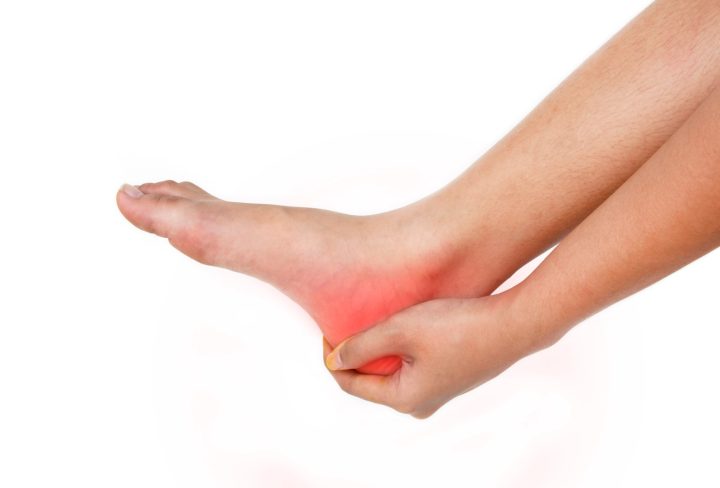Plantar fasciitis is a common foot condition that affects millions of people worldwide. It occurs when the plantar fascia, a thick band of tissue that connects the heel bone to the toes, becomes inflamed and causes pain in the heel. Here’s what you need to know about plantar fasciitis and how to manage it:
What is Plantar Fasciitis?
- Plantar fasciitis is the most common cause of heel pain, characterized by a sharp, stabbing pain in the bottom of the foot near the heel.
- It typically affects athletes, runners, and individuals who spend long hours on their feet.
- The condition develops when the plantar fascia experiences excessive stress, leading to small tears and inflammation.
Symptoms:
- Pain in the heel or arch of the foot, usually worse in the morning or after periods of rest.
- Tenderness or swelling in the heel area.
- Stiffness and difficulty walking or standing for extended periods.
- Pain that worsens with activity and improves with rest.
Causes:
- Overuse and repetitive strain on the plantar fascia, such as excessive running, jumping, or walking on hard surfaces.
- Obesity or sudden weight gain, which increases stress on the feet.
- Poor footwear with inadequate support and cushioning.
- Flat feet or high arches, leading to an uneven distribution of weight on the feet.
- Tight calf muscles and Achilles tendon, which can pull on the plantar fascia.
Treatment and Management:
- Rest and reduce activities that aggravate the condition, especially high-impact exercises.
- Apply ice packs to the affected area for 15-20 minutes several times a day to reduce inflammation.
- Stretching exercises to improve flexibility and relieve tension in the calf muscles and plantar fascia.
- Use orthotic devices, such as shoe inserts or arch supports, to provide additional support and reduce pressure on the plantar fascia.
- Wear proper footwear with cushioning and arch support to absorb shock and maintain proper foot alignment.
- Nonsteroidal anti-inflammatory drugs (NSAIDs) can help alleviate pain and reduce inflammation.
- Physical therapy, including ultrasound or laser therapy, may be recommended for more severe cases.
- Extracorporeal shockwave therapy (ESWT) or corticosteroid injections may be considered in resistant cases.
Prevention:
- Maintain a healthy weight to reduce the stress on your feet.
- Gradually increase the intensity and duration of physical activities to avoid overloading the plantar fascia.
- Choose supportive footwear with good arch support and cushioning.
- Stretch your calf muscles and Achilles tendon regularly to improve flexibility.
- Avoid walking barefoot on hard surfaces, especially if you have high arches or flat feet.
When to Seek Medical Attention:
- If the pain persists or worsens despite self-care measures.
- If you have difficulty walking or performing daily activities due to heel pain.
- If you experience swelling, redness, or warmth in the heel area.
- If you notice signs of infection, such as fever or drainage from the affected foot.
Plantar fasciitis can be a frustrating and painful condition, but with proper care and management, most people experience significant improvement within a few months. By understanding the causes, symptoms, and treatment options, you can take proactive steps to alleviate the pain and prevent future flare-ups. Remember to consult a healthcare professional for an accurate diagnosis and personalized treatment plan.

